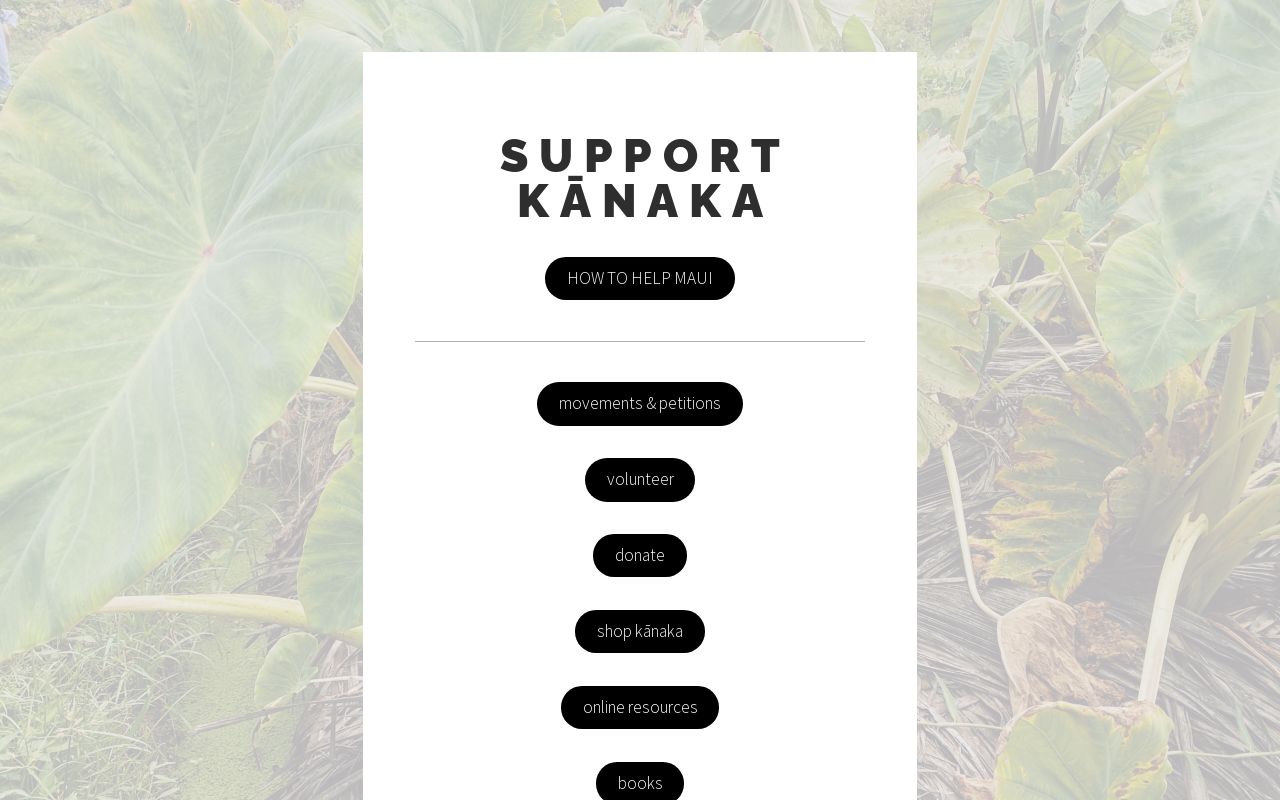- Currently Miami
- Posts
- Currently in Miami — August 15, 2023: More moisture adds to heat danger
Currently in Miami — August 15, 2023: More moisture adds to heat danger
Plus, youth win a landmark climate ruling in a Montana court.
The weather, currently.

More moisture adds heat danger
Tropical moisture will move over South Florida from the Bahamas on Tuesday which will contribute to another day of suffocating heat despite the increased rain and cloud cover it will bring. Temperatures will once again be in the mid-to-upper 90s during the afternoon, although the interior will be warmer than the east coast. The added humidity will drive heat index values into the triple digits, therefore a Heat Advisory will certainly be issued across the region, with some counties possibly receiving an Excessive Heat Warning—especially considering that there were pockets with feels-like readings above 120 °F on Monday. Strong thunderstorms will also be possible, most likely inland during the afternoon. This hot, moist, and unstable pattern will continue through most of the workweek.
El tiempo, actualmente.
Humedad tropical se moverá sobre el sur de Florida desde las Bahamas el martes, lo que contribuirá a otro día de calor sofocante a pesar del aumento de la lluvia y la nubosidad que traerá. Las temperaturas volverán a estar entre los rangos medio a alto de los 90 grados durante la tarde, aunque el interior estará más cálido que la costa este. La humedad adicional impulsará los índices de calor a los tres dígitos. Por lo tanto, una Advertencia de Calor estará vigente en toda la región, y algunos condados posiblemente recibirán un Aviso de Calor Excesivo—especialmente considerando que hubo sectores donde la sensación térmica sobrepasó 120 °F el lunes. También serán posibles fuertes tormentas eléctricas enfocadas tierra adentro durante la tarde. Este tiempo cálido, húmedo e inestable continuará durante la mayor parte de la semana laboral.
What you need to know, currently.
Wow, this is HUGE.
In the first-ever trial of its kind in the US, a group of Montana youths aged 5 to 22 have won a court challenge on climate change. It’s the biggest victory yet in a years-long battle to establish a youth-led legal movement for climate justice and supplant the power of the fossil fuel industry.
The verdict, issued by Montana First Judicial District Court judge Kathy Seeley, guarantees a “fundamental constitutional right to a clean and healthful environment, which includes climate.”
The state of Montana has a constitution that guarantees the right to a clean environment, and one of the most progressive constitutions in the country. The youth challenged a recent update made by the Republican-controlled state government to the Montana Environmental Policy Act that restricts state agencies from considering greenhouse gas emissions or climate change when permitting large energy projects. Judge Seeley found that update to be unconstitutional.
It’s the first time a U.S. court has ruled that a government violated the rights of children by ignoring climate change. By one measure, there are 23 states that have similar rights in their constitutions, so this ruling could pave the way for a flurry of state-level challenges in an attempt to extend constitutional rights to include climate protections.
"This is the strongest decision on climate change ever issued by any court," wrote Michael Gerrard, Director of the Sabin Center for Climate Change Law at Columbia University. “After a trial where climate scientists testified under oath and were subject to cross examination (very rare in itself), the court issued a 103-page decision that found that fossil fuel use is the principal cause of climate change, which in turn is causing serious health and environmental impacts that will continue to get worse.”
Gerrard continued: “The court found that renewables (wind, solar, hydro) can economically substitute for fossil fuels; that the youth plaintiffs have a right to a stable climate system under the right to a clean environment in the state constitution; and that the state law barring consideration of climate in impact assessment is unconstitutional.”
“This is a case out of love,” said Grace Gibson-Snyder, a 19-year-old plaintiff from Missoula told the Washington Post before the verdict was announced. In a statement on Monday, the youth were excited about what this ruling meant not only for Montana, but for the world.
The state now has 60 days to file an appeal, and if the ruling stands, it will strike the section of Montana law that was written in favor of the fossil fuel industry.
What you can do, currently.
The fires in Maui have struck at the heart of Hawaiian heritage, and if you’d like to support survivors, here are good places to start:
The fires burned through the capital town of the Kingdom of Hawaii, the ancestral and present home to native Hawaiians on their original unceded lands. One of the buildings destroyed was the Na ‘Aikane o Maui cultural center, a gathering place for the Hawaiian community to organize and celebrate.
If you’d like to help the community rebuild and restore the cultural center, a fund has been established that is accepting donations — specify “donation for Na ‘Aikane” on this Venmo link.
Nā ‘Āikane O Maui Cultural Center has burnt down. It was a gathering place for Cultural Groups & Kīpuka for our Lāhui - everyone was fed & no one was ever charged. Cultural artifacts, and a safe gathering and educational space for our people has been lost. #Lahaina#LahainaFire/
— Oʻahu Water Protectors (@oahuWP)
8:20 PM • Aug 9, 2023

